Your personal Neurographic Lotus (Neurolotus) Bloom
Learn to create your own personal beautiful Neurolotus blooms.
4.83 (15 reviews)
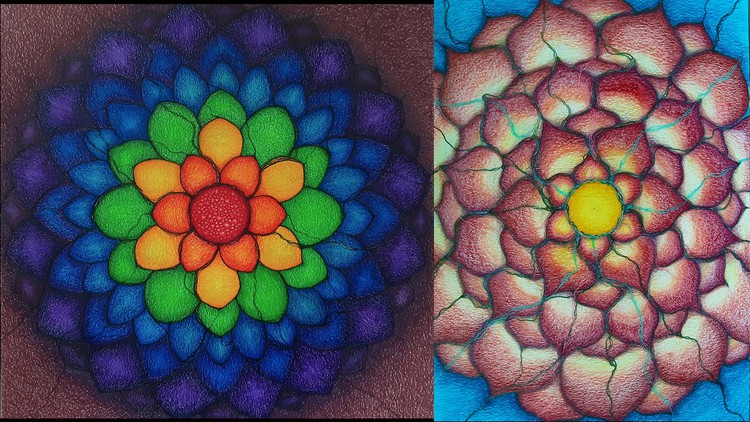
148
students
2.5 hours
content
Jan 2021
last update
$49.99
regular price
What you will learn
Use Neurographica Techniques to create a Lotus flower for both artistic and therapeutic purposes.
Screenshots
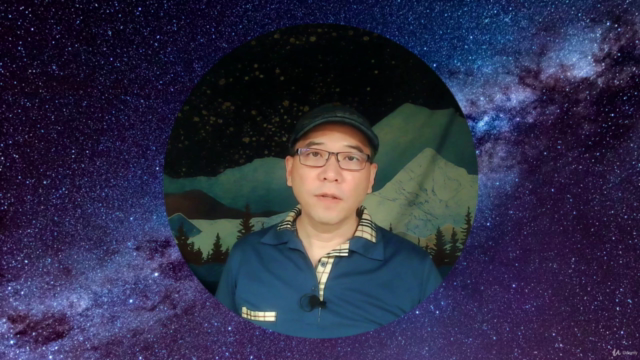
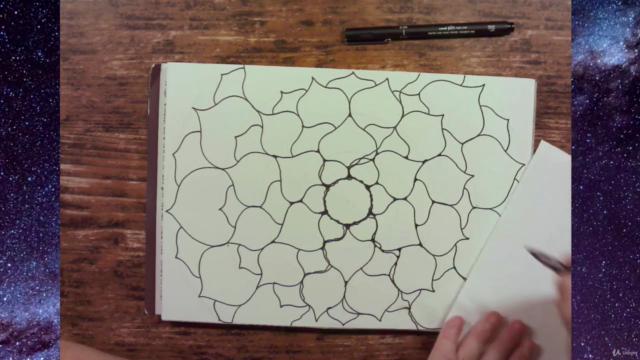
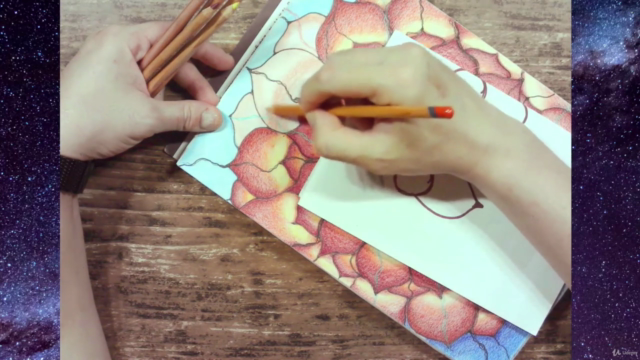
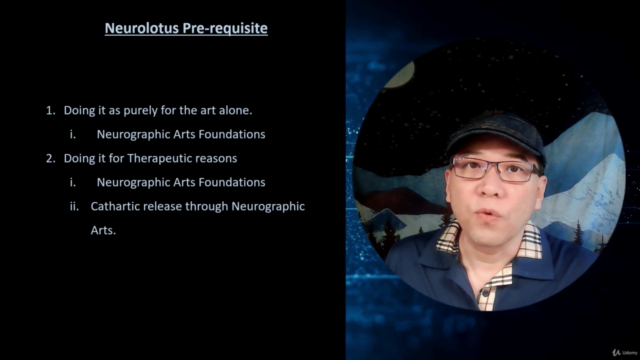
Related Topics
3803060
udemy ID
1/26/2021
course created date
2/4/2021
course indexed date
Bot
course submited by